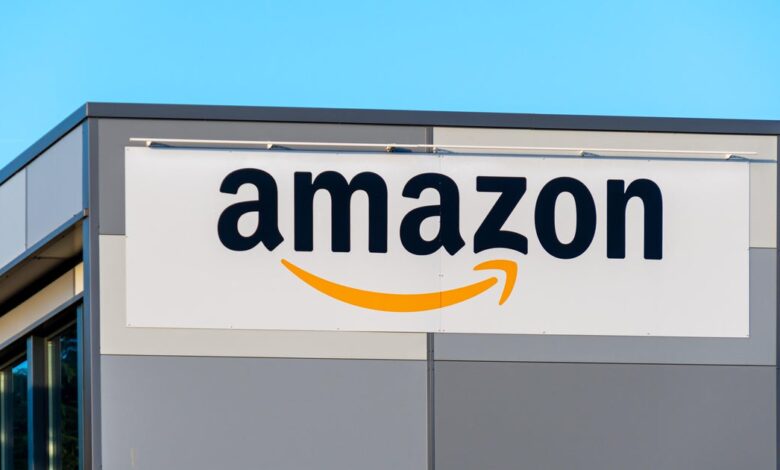Amazon CEO says AI agents will soon reduce company’s corporate workforce

Amazon’s CEO, Andy Jassy, has revealed his vision for an “agentic future” in which AI robots, known as agents, will replace human employees in the company’s offices. In a memo released by Amazon, Jassy stated that the company plans to reduce its corporate workforce in the coming years by utilizing generative AI tools to streamline workplace operations.
Jassy emphasized that as Amazon implements more generative AI and agents, the way work is done within the company will undergo significant changes. He predicted that certain jobs currently performed by humans will be replaced by AI, leading to a shift in the composition of the workforce. This transition towards AI technology is expected to enhance efficiency and productivity across Amazon, ultimately resulting in a reduction in the total corporate workforce.
With over 1.5 million employees globally, Amazon is the second largest private employer in the United States. Jassy’s announcement regarding the integration of AI technology has sparked discussions about the impact it will have on the workforce and the future of work at Amazon.
Despite the potential benefits of AI in streamlining tasks and freeing up employees to focus on more strategic and creative roles, there has been some pushback from white-collar workers at Amazon. Reports suggest that software engineers have expressed concerns about the intensified work environment driven by AI, which has led to increased pressure to meet productivity goals at a faster pace.
Amazon’s investment in generative AI technology has been evident in the development of products like the Amazon Echo smart speaker, equipped with the virtual assistant Alexa. The company has continued to enhance its AI capabilities, with features like “Buy for Me” and “Recommended Size” integrated into its e-commerce platforms to improve customer experiences.
Jassy’s commitment to investing in AI technology aligns with Amazon’s broader strategy to leverage AI across its operations. The company currently has 1,000 generative AI services and applications in progress or already deployed, with plans to expand further in the future. However, this shift towards AI has also led to job cuts in certain units within Amazon, highlighting the potential impact of automation on the workforce.
As Amazon navigates this transition towards a more AI-driven future, it remains to be seen how employees and stakeholders will adapt to the changing landscape of work within the company. Jassy’s vision for an “agentic future” underscores the growing influence of AI technology in reshaping traditional workplace dynamics and processes.





